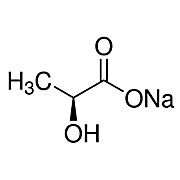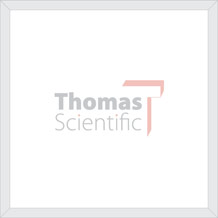10 g, G-Biosciences, Reagents
-
IPTG (Isopropyl ß-D-1-thiogalactopyranoside)
G-BiosciencesIPTG (Isopropyl β-D-1-thiogalactopyranoside) induces activity of ß-galactosidase, an enzyme that promotes lactose utilization, by binding and inhibiting the lac repressor. In cloning experiments, the lacZ gene is replaced with the gene of interest and IPTG is then used to induce gene…
-
Sodium L-Lactate
G-BiosciencesL-lactate is produced from pyruvate by the enzyme Lacate Dehydrogenase. Lactate production occurs during anaerobic glycolysis or in proliferatively active cells. Store at 2-8°C Features Synonyms: L-Lactic Acid Sodium Salt, (S)-2-Hydroxypropionic acid sodium salt, Sarcolactic…
-
Xylene Cyanol
G-BiosciencesA colour marker to monitor the process of agarose gel electrophoresis and polyacrylamide gel electrophoresis. Bromophenol blue and orange G can also be used for this purpose. In 1% agarose gels, Xylene cyanol typically migrates at about the same rate as a 4000 base pair DNA fragment. Xylene…
-
Ammonium Persulfate
G-BiosciencesFeatures Synonym: Ammonium peroxodisulfate CAS#: 7727-54-0 Molecular Formula: H8N2O8S2 Molecular Weight: 228.20
-
N6-Carbobenzyloxy-N2,N2-bis(carboxymethyl)-L-lysine
G-BiosciencesN6-Carbobenzyloxy-N2,N2-bis(carboxymethyl)-L-lysine is used in the synthesis of nickel-chelating fluorinated lipids for protein monolayer crystallizations. Features Synonym : N6-N2-Bis(carboxymethyl)-N6-[(phenylmethoxy)carbonyl]-L-lysine CAS#: 113231-04-2 Molecular Weight: …
-
Citraconic Anhydride
G-BiosciencesCitraconic anhydride reacts with primary amines and blocks them by creating an amide linkage and a terminal carboxylate. The linkage is stable at neutral to alkaline pH (pH >7) and at acidic conditions (pH 4) the amide linkage is rapidly hydrolyzed to release the citraconic acid and free the…








